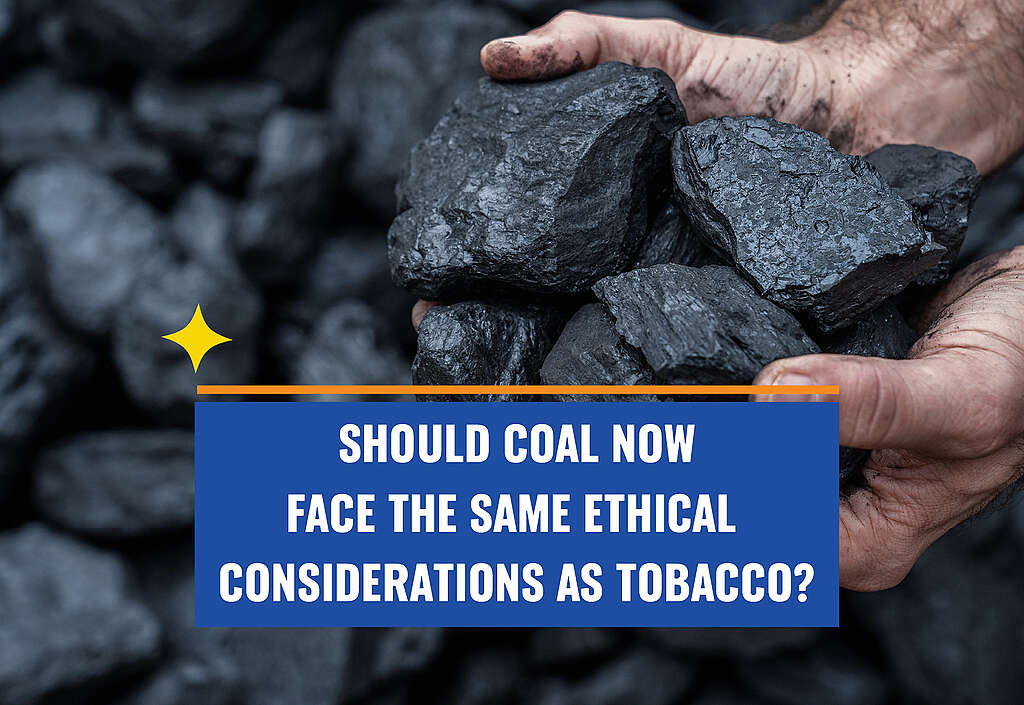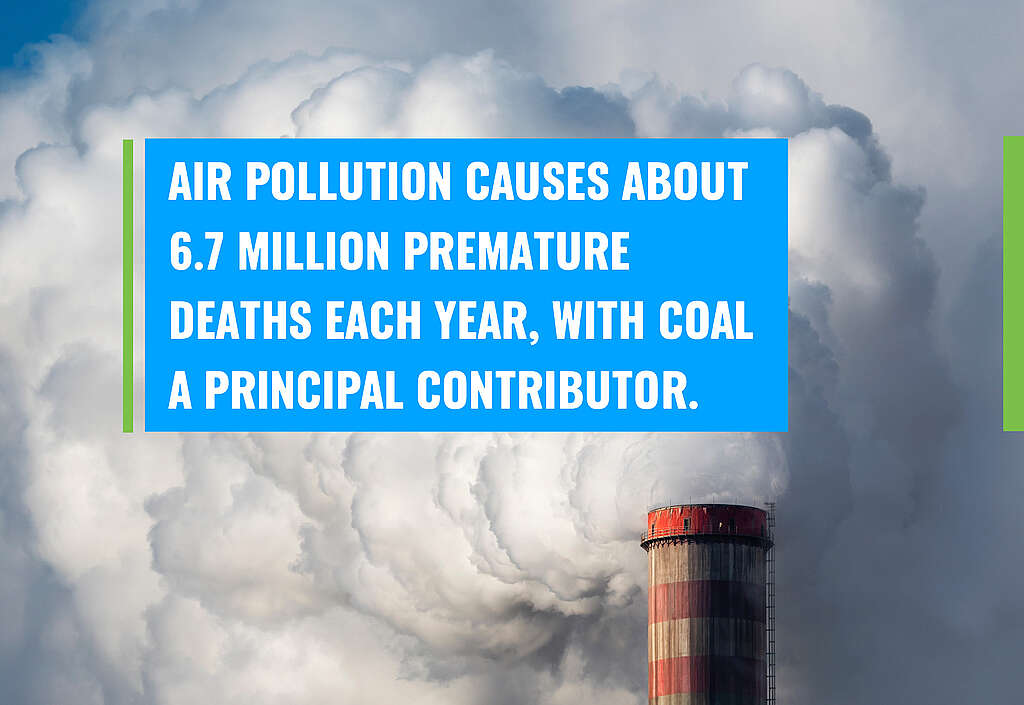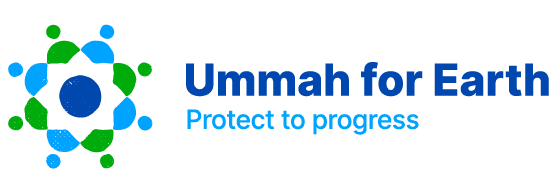Reassessing Coal in Islamic Finance: Securing Life, Wealth, and Creation.
An Ethical Investment Turning Point.
Islamic finance is built on principles of fairness, compassion, and responsibility to protect life, preserve wealth, and safeguard the environment. Throughout history, Islamic finance has adapted its ethical standards when evidence showed clear harm to people or the planet.
When scientific evidence on tobacco’s impacts became overwhelming, with 8 million deaths annually according to WHO, Islamic scholars made a clear moral choice: continuing to invest in tobacco could not align with Shariah principles. Tobacco was excluded from Islamic finance portfolios.

Coal presents an even greater ethical challenge!
The ethical dilemma is both simple and profound: if tobacco was ruled haram for its harm to human health, how can coal, which harms both life and the environment on a greater scale, still remain permissible when alternatives are readily available?

About the “Reassessing Coal in Islamic Finance: Ethical Imperatives for Divestment and Sustainability” paper.
This paper is an initiative of the Global Ethical Finance Initiative in partnership with Greenpeace MENA as part of the Ummah For Earth Alliance. It draws upon parallels between the jurisprudential treatment of tobacco and the ethical considerations surrounding coal.
This isn’t just about coal. It’s about reassessing Islamic finance screening methodologies to truly embody tayyib (wholesome, ethical, pure) principles.
Coal and the Tayyib Test
For decades, Islamic finance focused on avoiding haram: alcohol, gambling, tobacco, and weapons. Essential, but insufficient. The Qur’an (2:168) calls for halal AND tayyib. Islamic finance must evolve from negative screening (avoiding harm) to positive screening (pursuing what is beneficial). Coal fails the Tayyib test. As the industry matures toward $9.7 trillion by 2029, screening must evolve beyond avoiding haram to actively pursuing investments that protect life, wealth, and the environment.
This is the moment to lead!
